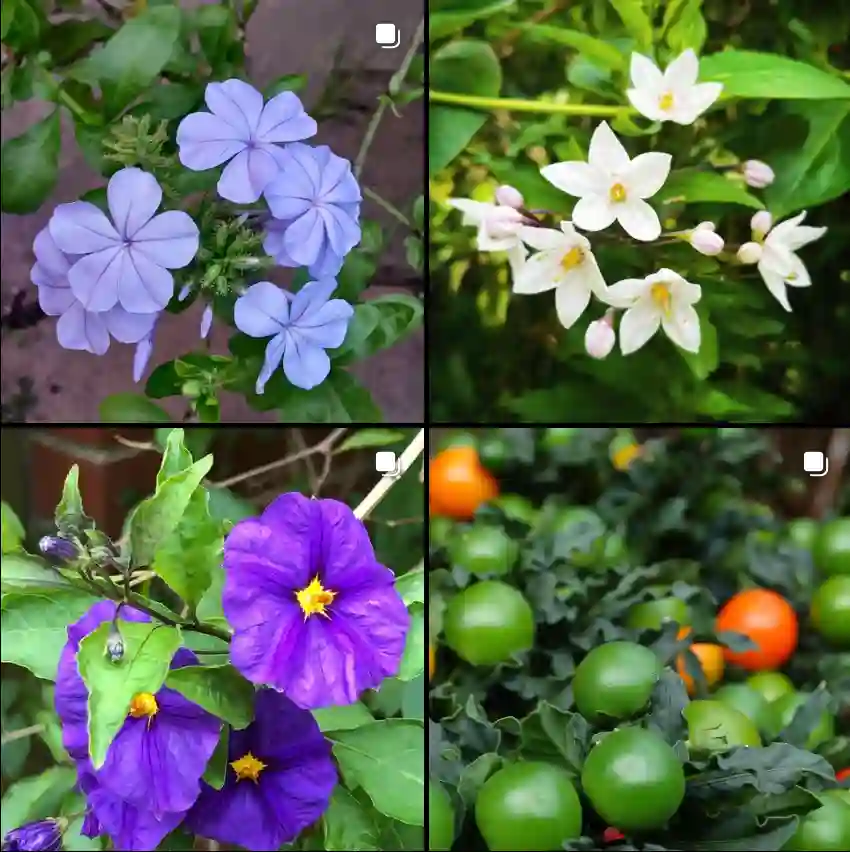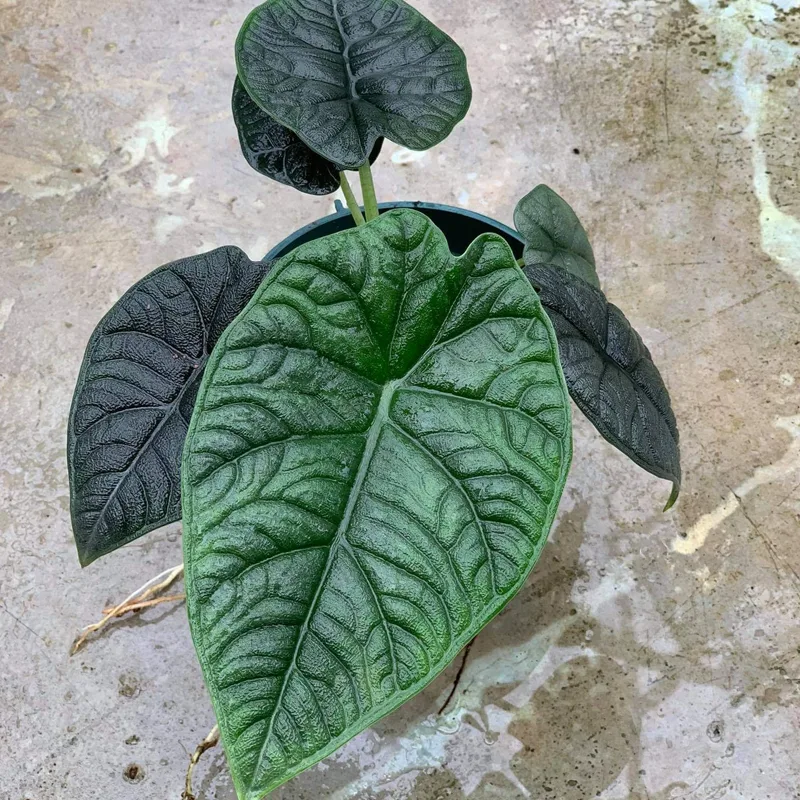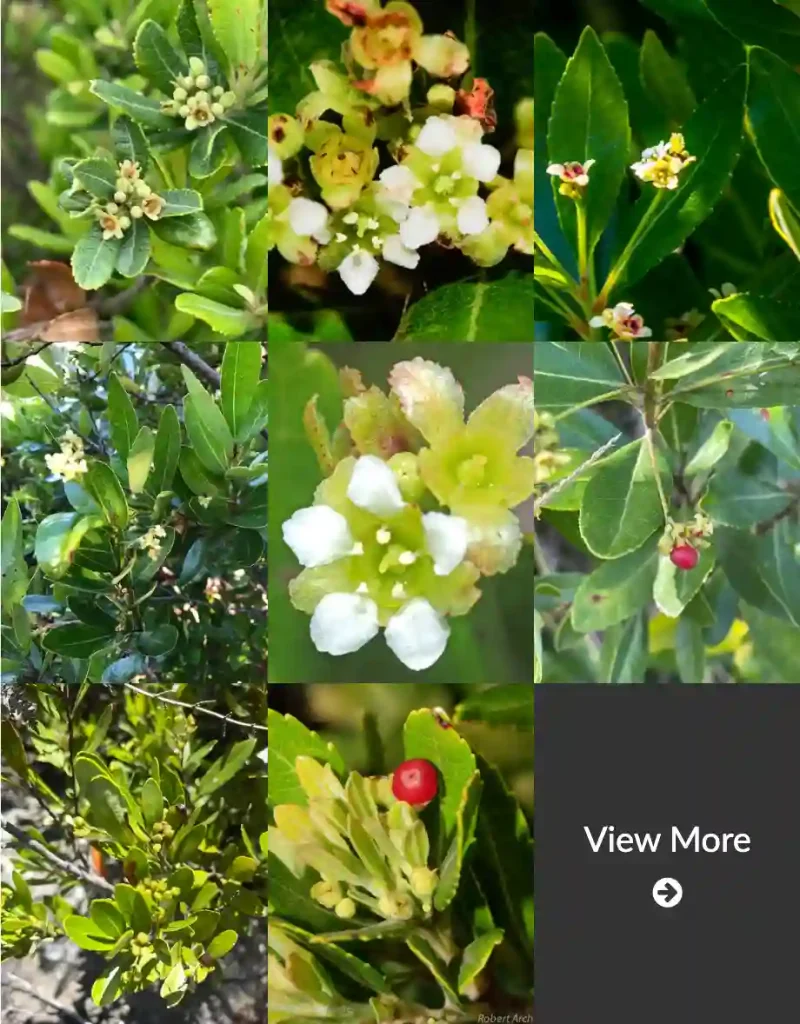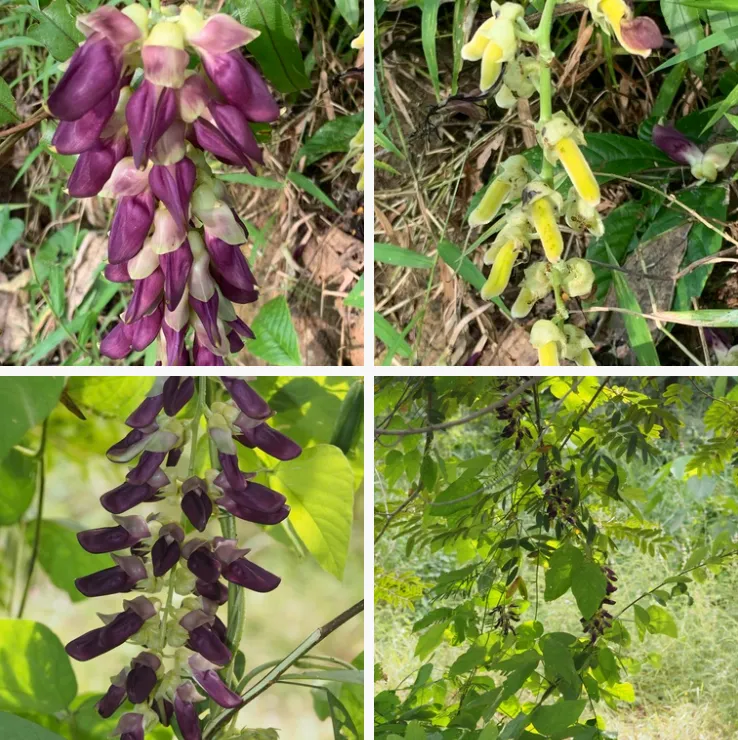Discovering the Strasburgeriaceae Family: A Personal Journey
As a plant enthusiast, I have always been fascinated by the diversity of plant families. Among them, the Strasburgeriaceae family stands out for its unique characteristics and intriguing genera. This family, primarily composed of two genera—Ixerba and Strasburgeria—offers a remarkable glimpse into the world of flowering plants. Join me as I explore these genera and share my insights and experiences.
Understanding the Strasburgeriaceae Family
The Strasburgeriaceae family is a relatively small family within the order of Laurales. It is named after the renowned botanist, Eduard Strasburger, who made significant contributions to plant morphology and anatomy. This family primarily consists of evergreen trees and shrubs that are native to the subtropical regions of the Southern Hemisphere, particularly New Zealand and Australia.
In my experience, one of the standout features of the Strasburgeriaceae family is its adaptability to various climates. The plants in this family are well-suited to thrive in both moist and dry conditions, making them versatile choices for landscaping and gardening. Their resilience is truly remarkable and something I admire.
Exploring the Genus Ixerba
The genus Ixerba includes only one species, Ixerba brexioides, commonly known as the “Dacrywood” or “Dacrycarpus.” This tree is native to New Zealand and is characterized by its lush, leathery leaves and aromatic resin. The bark is smooth and greyish, adding to its aesthetic appeal.
I first encountered Ixerba brexioides during a visit to a botanical garden. The striking leaves and unique fragrance captured my attention. The tree can grow up to 20 meters tall and produces small, yellowish flowers that bloom in clusters. Although not very common, I found that its rarity only adds to its charm.
One of my favorite aspects of Ixerba is its ecological significance. The tree provides habitat and food for various bird species. When I observed the birds flitting around its branches, it reinforced the idea that every plant plays a vital role in its ecosystem.
Ixerba brexioides is also valued for its timber, which is durable and has a beautiful grain. I learned that it is used in furniture making and for crafting musical instruments. This functional aspect of the tree further piqued my interest in its conservation.
Delving into the Genus Strasburgeria
The second genus, Strasburgeria, includes the species Strasburgeria robusta, commonly known as the “Rimu.” This tree is native to New Zealand and is notable for its straight trunk and distinctive needle-like leaves. I’ve had the pleasure of seeing Rimu trees in their natural habitat, and their grandeur is awe-inspiring.
Rimu can reach heights of up to 50 meters and can live for over 1,000 years. Standing beneath a towering Rimu, I couldn’t help but feel a sense of reverence for these ancient giants. The tree produces small, woody cones that contain edible seeds, which are an important food source for native birds and other wildlife.
One memorable experience I had was hiking through a Rimu forest. The dense canopy created a unique microclimate, cool and damp, contrasting with the warmth outside. The air was filled with the scent of damp earth and foliage, a reminder of nature’s beauty. As I walked, I could hear the rustle of leaves and the distant calls of birds, further enhancing the experience.
Conservation and Relevance
The conservation of both Ixerba and Strasburgeria is crucial due to habitat loss and climate change. Many regions where these plants thrive are threatened by urbanization and deforestation. I believe it is essential for us to advocate for the protection of these unique species.
Organizations focused on plant conservation play a vital role in preserving the genetic diversity of the Strasburgeriaceae family. By participating in local conservation efforts, I’ve learned that even small actions can contribute to the survival of these magnificent plants.
Conclusion
My journey into the world of the Strasburgeriaceae family has deepened my appreciation for the beauty and complexity of nature. The unique characteristics of the Ixerba and Strasburgeria genera showcase the diversity of life on our planet. Through my experiences with these plants, I have come to understand their ecological importance and the need for their conservation.
I encourage anyone interested in botany or gardening to explore the Strasburgeriaceae family. The remarkable resilience of these plants, coupled with their beauty, makes them worthy of admiration and protection. Let’s work together to ensure that future generations can enjoy the wonders of nature, including the enchanting members of the Strasburgeriaceae family.
If i die, water my plants!



